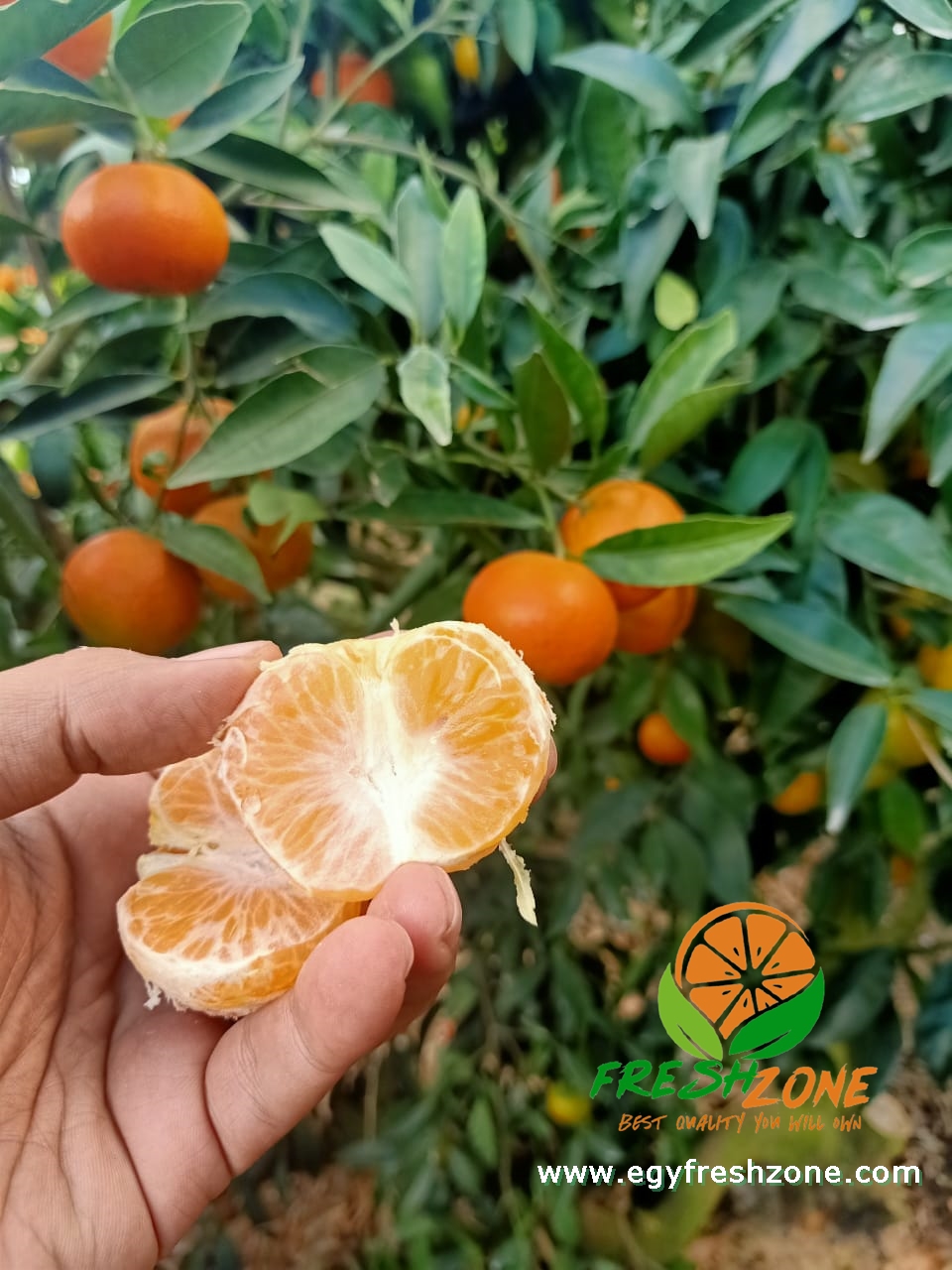Why has orange citrus world consumption decreased?

According to a study on the per capita consumption of orange citrus and fruits in Central Europe during the last 15 years, specifically in the Netherlands, Belgium, Luxembourg, Germany, and Austria, there has been an increase in the consumption of bananas, watermelons, pineapples, avocado, and mango. Meanwhile, the evolution of mandarins, melons, oranges, peaches, and nectarines has not been so positive.
Consumption of mandarins and melons has dropped slightly. These products could be in a simple phase of stagnation; however, oranges, peaches, and nectarines have experienced a very steep decline.
“Oranges are a historical product with few novelties at the varietal level because 95% of them are of the Navel or Valencia type. They can be compared to bananas because they are well known by consumers. However, there are two major marketing differences between oranges and bananas,” stated Paco Borras Escriba, the senior consultant in agri-food and associative issues, in an article published in Italia fruit. “Oranges have no well-established brand because almost all distribution chains impose their own brands. In other words, there are many private brands so their advertising isn’t similar to the advertising carried out by banana brands.”
“The second difference is that Spain, which produces 60% of the oranges consumed in winter in Europe, has not carried out any promotional and advertising campaign for the past 12 years. Neither have Italy and Greece, the other two EU countries that produce oranges and that have the possibility of accessing community funds to boost the consumption of European products.”
“Egypt or Morocco could promote their oranges in the middle of the European campaign, which would be a strong blow for Spanish and Italian producers, as it would mean they would have lost an important opportunity,” the consultant stressed.
Source: foodretail.es / italiafruit.net

